Championing the Changemakers
Championing the Changemakers in Sustainable Design & Building


Image: Piranka
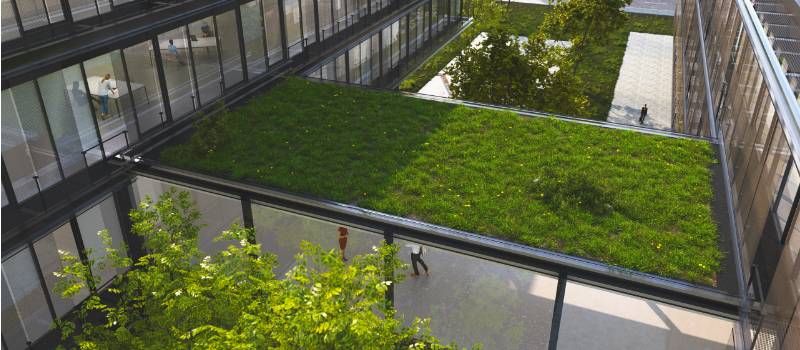
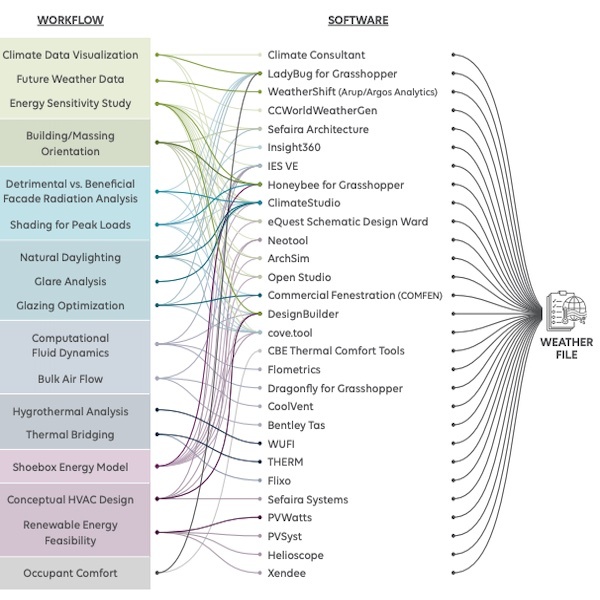
Architects and engineers use many types of simulation tools that rely on local weather files. Using future weather files in these tools will likely improve the accuracy of the simulation. (Diagram: University of Minnesota Climate Adaptation Partnership and HGA )
News Analysis
How to Use the Right Tools to Design for Climate Change
Weather files that help designers plan for climate change will soon be readily available. But legal liability remains until ASHRAE catches up.
Read more »
On-demand Webinar
Wood's Latest Move: From Carbon Neutral to Climate Smart
Free to premium subscribers!
Watch the webcast

Product Guidance
Outdoor Lighting: How to Balance Energy, Ecosystems, and Equity
Read more »

Intellihot’s iE1 Electron transfers heat energy from its CO₂-based heat pump into a thermal battery, eliminating the typical water tank and associated standby losses. (Intellihot Inc. Marketing Department)
Product Review
On-demand Water Heat Goes All Electric with Heat Pumps, CO₂
Intellihot electrifies commercial water heating using heat pumps, CO₂ refrigerant, thermal batteries, and no need for water storage.
Read more »

There are 50 million people in situations of modern slavery, according to ILO—about 27.6 million in forced labor and 22 million in forced marriage. (Photo: Grace Forrest. © ILO, Walk Free, and International Organization for Migration. License: CC BY 4.0.)
News Analysis
3 First Steps to Break the Chains of Slavery in the Supply Chain
Forced labor and other inhumane practices are embedded in many common building materials. The building industry can’t solve this alone, but we can still take action.
Read more »
On-Demand Webcast
Let’s Get Real about Wood’s Carbon Footprint
Free to Premium subscribers, CEUs available.
Watch the webcast

On-Demand Webcast
IRA Nuts & Bolts with an Energy Tax Expert
Free to Premium subscribers, CEUs available.
Watch the webcast

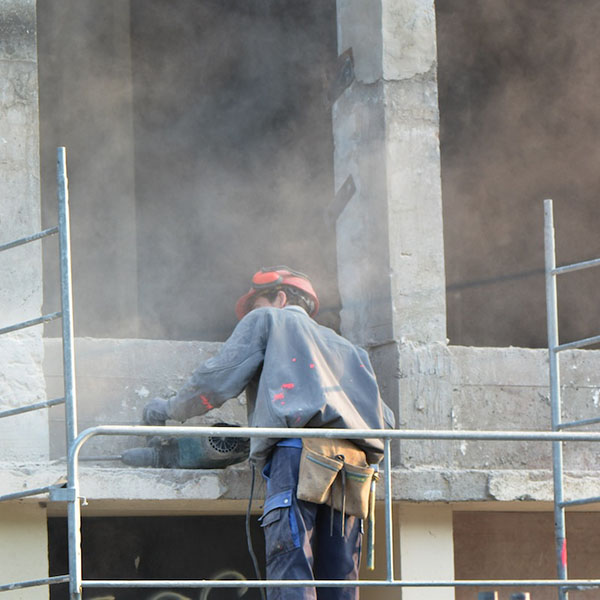
Many construction activities expose workers to silica, but compared with the dust from concrete and most natural stone, dust from engineered stone seems to pose a heightened risk of silicosis. (Photo: Lamiot. License: CC BY-SA 4.0.)
News Analysis
Amid a Silicosis Surge, We Need to Rethink Countertops
Engineered stone countertops may be causing a spike in lung disease, with cases seemingly tied to the material’s unique properties. Find out what design and construction teams should do—and why.
Read more »

Countertops can take up a surprising amount of surface area—and not just in kitchens—no matter the building type. All of the many material options come with potential environmental and social impacts.
Product Guide
Choosing Countertops: Social, Environmental, and Performance Considerations
Read more »
The BuildingGreen Guide to ESG
How to keep up with the environmental, social, and governance programs that are changing the building industry
Buy it now. Discounted for $99.
CEUs available.

The BuildingGreen Guide
to Building Product Certifications and Ecolabels
Buy it now. Discounted for $69.
CEUs available.


Colored 100 dollar banknote fragment. (Photo: RL Photography)
News Brief
Inflation Reduction Act Collection: Guidance & Case Studies
The IRA may be revolutionizing green building. Learn how to leverage this generational funding to curtail carbon and elevate equity.
Read more »

The author (center) reconnects with two youth delegates from Ethiopia—Helina Teklu (left) and Yodit Y. Seyoum (right). (Photo: courtesy Architecture 2030)
Op-Ed
COP28: Noise and Progress
The politics and protests are crucial, but behind the scenes, it’s all about good-faith collaboration, community, and commitments.
Read more »
News Brief
EPA to Finally Track PFAS in Manufacturing
The EPA is finalizing rules that make it easier to find where and how PFAS are being used, making it easier to regulate them in the future.
Read more »
Now Updated!
WELL v2 AP Study Guide
Buy It Now - $99
Know what you need to know, where to find it
Photo: Benjamin Benschneider
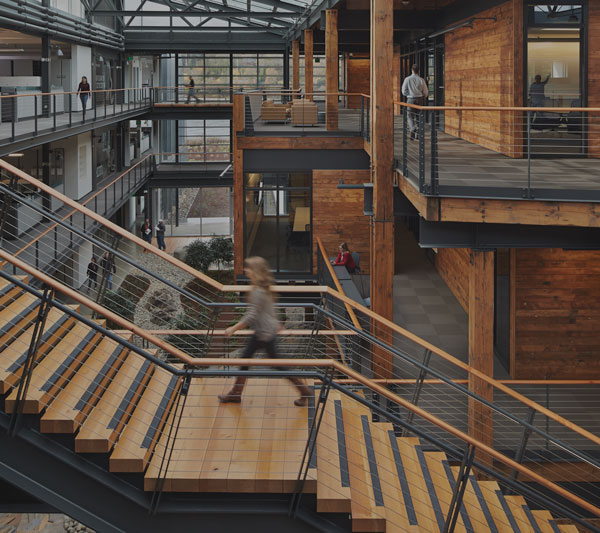

The fabrication of ground-source heat pump mains for Louisville International Airport. Commercial projects are eligible for significant tax credits through the expanded Investment Tax Credit. (Photo: CMTA Engineers)
Feature Article
How IRA Can Take Ground-Source Heat Pumps Mainstream
Incentives in the Inflation Reduction Act help GSHPs pay for themselves faster than conventional HVAC systems—with far better performance.
Read more »

Lendlease, which is targeting elimination of scope 1 and scope 2 emissions by 2025 and scope 3 by 2040, worked to reduce embodied carbon in Claremont Hall. The project team reduced concrete emissions 33% and reinforcing steel 28%. (Photo: Lendlease)
Feature Article + CEU Spotlight Report
ESG: 6 Things Building Professionals Need to Know
Clients need AEC professionals to help them achieve environmental, social, and governance goals. Here’s how people are turning aspirations into strategies.
Free to premium subscribers.
Read more »
News Analysis
Can “Works with WELL” Make Product Selection Easier?
With a new program, the International WELL Building Institute aims to help users more easily find high-performance building products and systems.
Read more »
Explore our full knowledge base »
Maintain Your Credentials

Wood: Is It Still Good? Part One: Embodied Carbon
Wood products are widely regarded as carbon neutral—or even better. With new research challenging that idea, a more cautious approach is emerging. Because the climate stakes are too high for us to get this wrong.
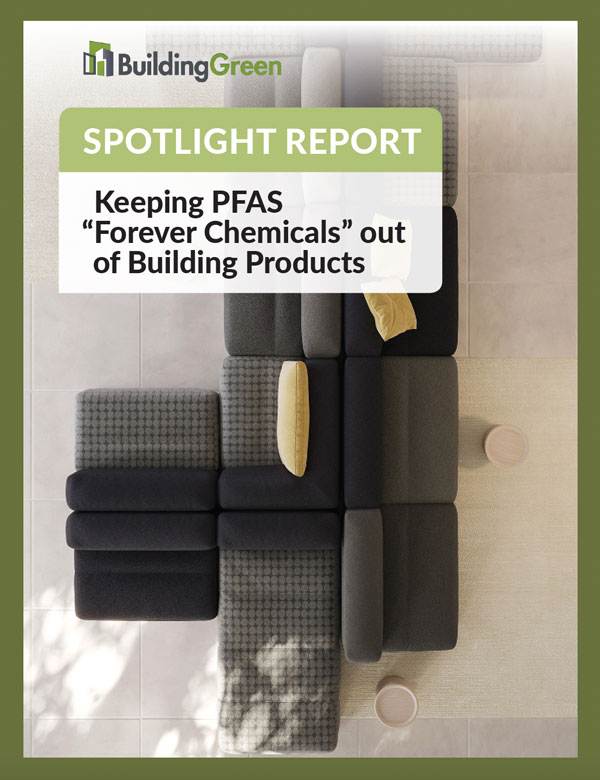
Keeping PFAS Forever Chemicals out of Building Products
Per- and polyfluoroalkyl substances (PFAS) have been linked to negative health and environmental impacts. Getting them out of our building products is going to require work.
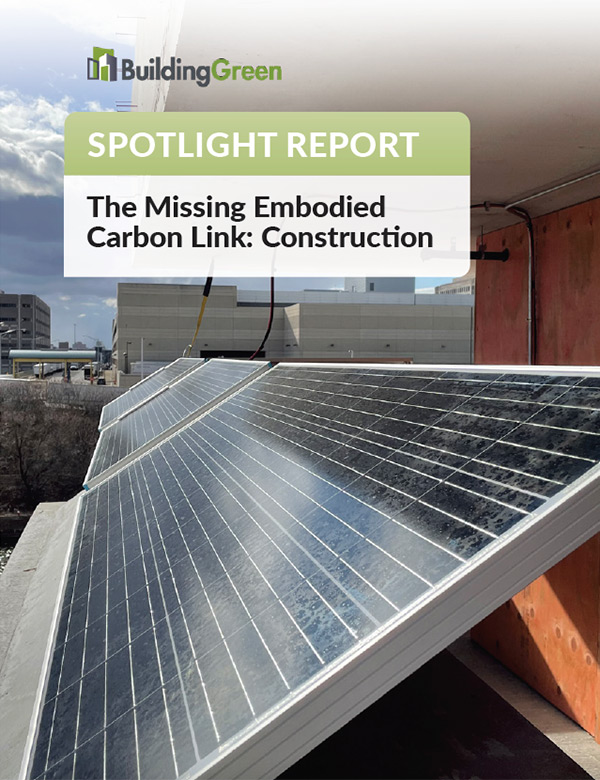
The Missing Embodied Carbon Link: Construction
Some researchers say construction emissions could account for as much as 30% of a project’s embodied carbon. What can be done about it?

Using Low-Carbon Concrete in Your Next Project
Advancements in low-carbon concrete materials and strategies have led to greater adoption in much of the U.S. Now it's time to start using them.
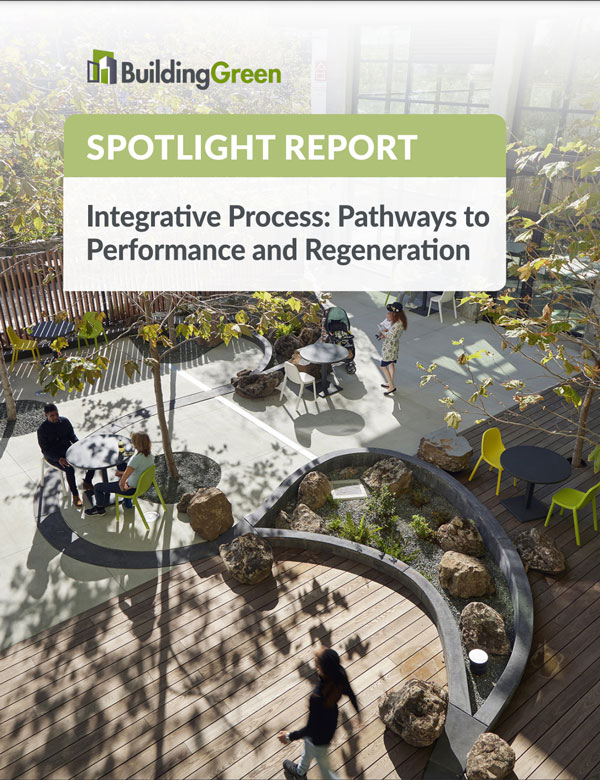
Integrative Process: Pathways to Performance and Regeneration
An integrative process can streamline workflows and drive higher performance. But if you do it well, it’s so much more.
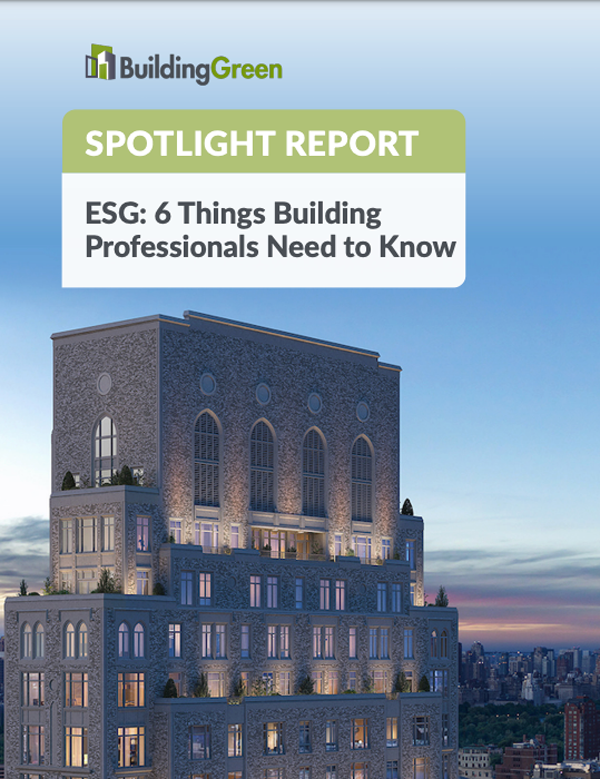
ESG: 6 Things Building Professionals Need to Know
Clients need AEC professionals to help them achieve environmental, social, and governance goals. Here’s how people are turning aspirations into strategies.
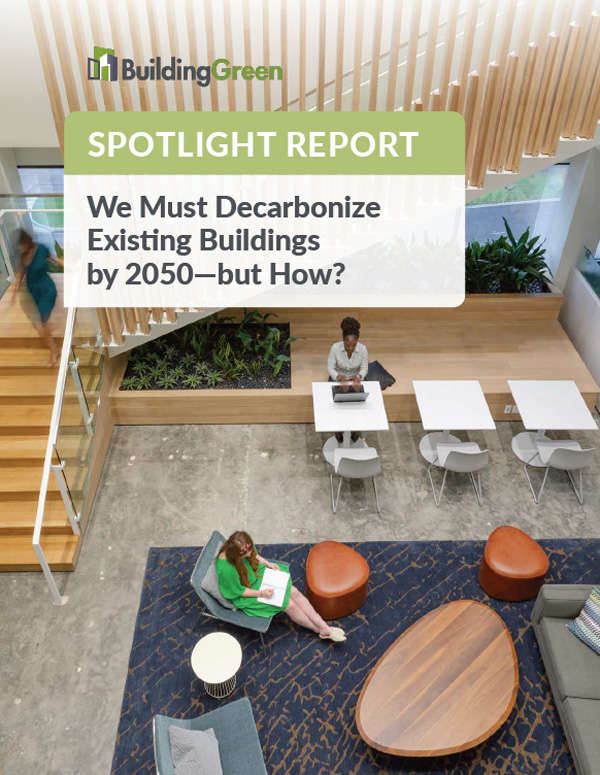
We Must Decarbonize Existing Buildings by 2050—but How?
Deep energy retrofits and existing building electrification are critical to curbing carbon emissions. Here’s how to make the case and get it done.
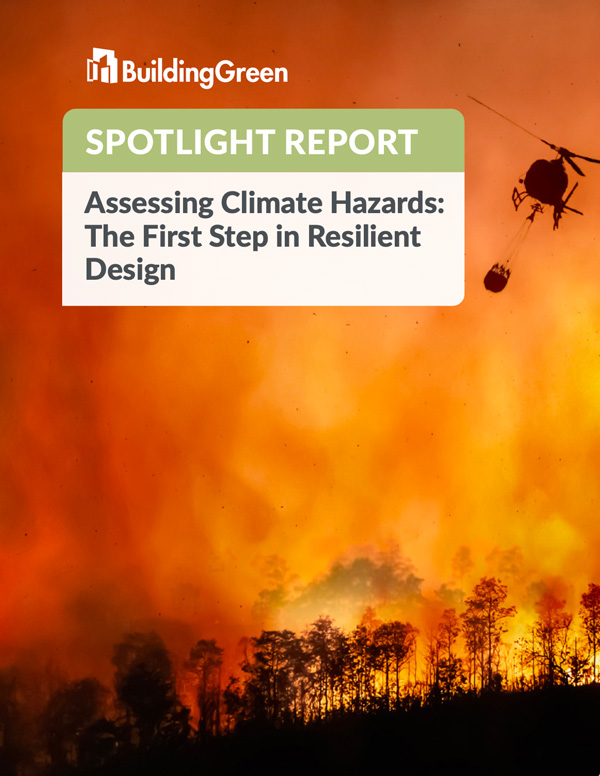
Assessing Climate Hazards: The First Step in Resilient Design
The headlines are everywhere—from heat waves in Europe to wildfires in the Western U.S. to tidal flooding in Florida. In this age of climate change, just as there’s an urgent need to reduce carbon emissions and other greenhouse gasses, we also need to adapt and invest in resilience.
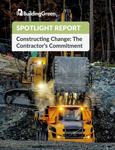
Constructing Change: The Contractor’s Commitment
Health and wellness are in high demand in sustainable design. Soft daylight, superb indoor air quality, enhanced thermal comfort, great ergonomics … all these design elements and more are becoming standard for students, patients, and office workers. There is a stubborn gap between green design and green building. But a group of industry leaders is out to close it with a program called the Contractor’s Commitment to Sustainable Building Practices. In this course, you’ll learn all about the new commitment—who’s signed, why it’s important, and the impact it’s already having on the industry.
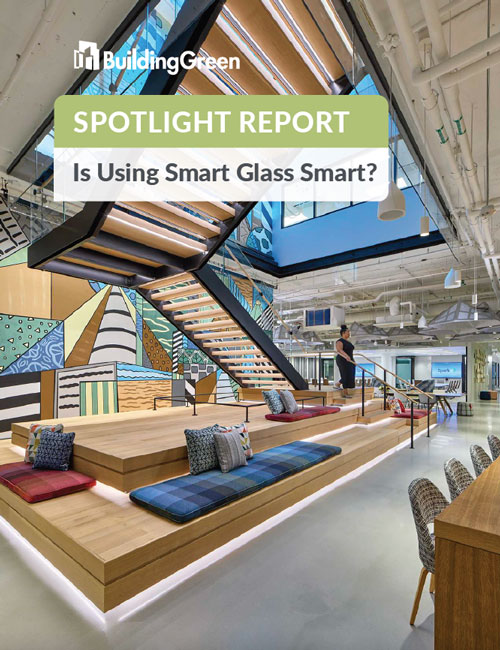
Is Using Smart Glass Smart?
The sun streaming into our buildings can be both a benefit and a nuisance. Controlling its glare and solar heat gain in order to maximize energy efficiency, occupant comfort, and views to the outdoors is difficult. In commercial offices and all-glass buildings, the impacts are multiplied. Low-e glazing and exterior or interior shading systems are most often used to manage daylight, but there is another option—electrochromic glazing, sometimes called smart glass, switchable glass, dynamic glazing, and other names (in this report, we’re going to call it “smart glass” and are not covering thermochromic and other light-blocking glazing technologies).
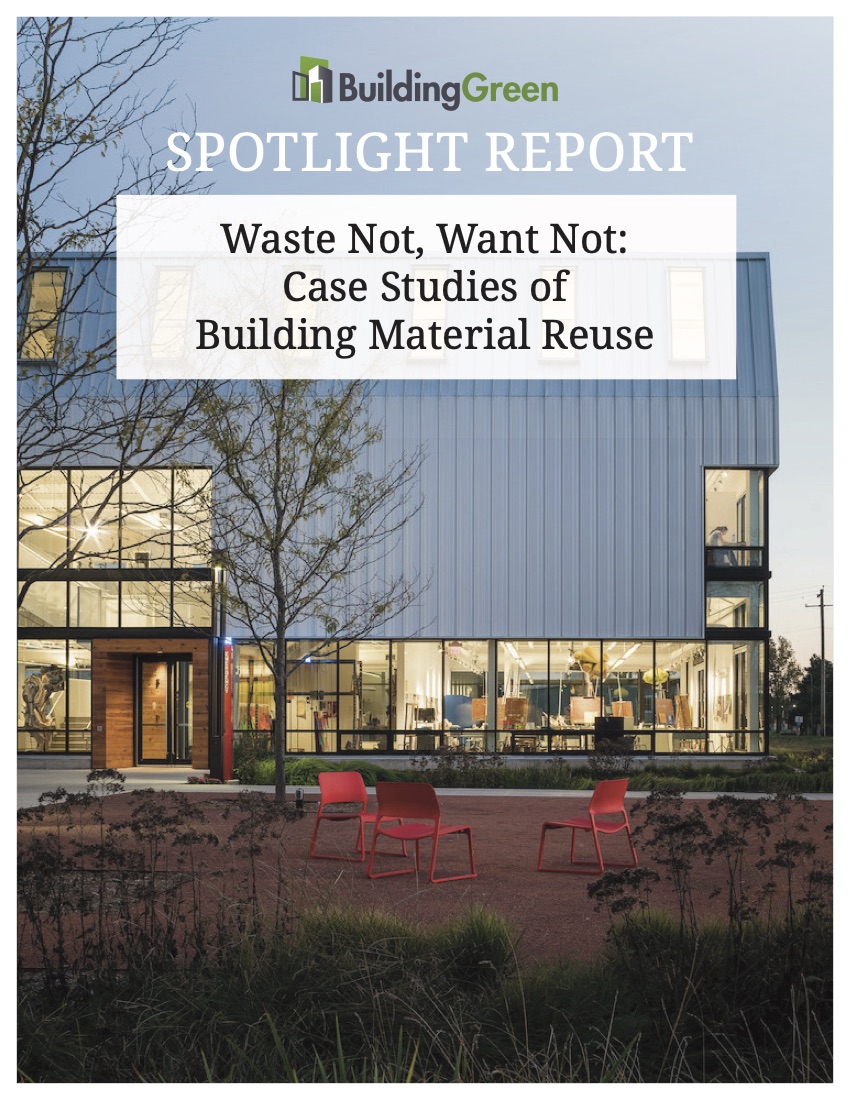
Waste Not, Want Not: Case Studies of Building Material Reuse
The construction sector’s take-make-waste approach to materials needs an overhaul. Materials and construction account for an estimated 11% of global greenhouse gas emissions annually. At the other end of the life cycle, demolition in the United States annually generates 90% of some 600 million tons of construction-sector debris. Getting trashed alongside are the cultural, economic, and environmental values those materials embody. Indications are, though, that this staggering, decades-long profligacy is about to change.
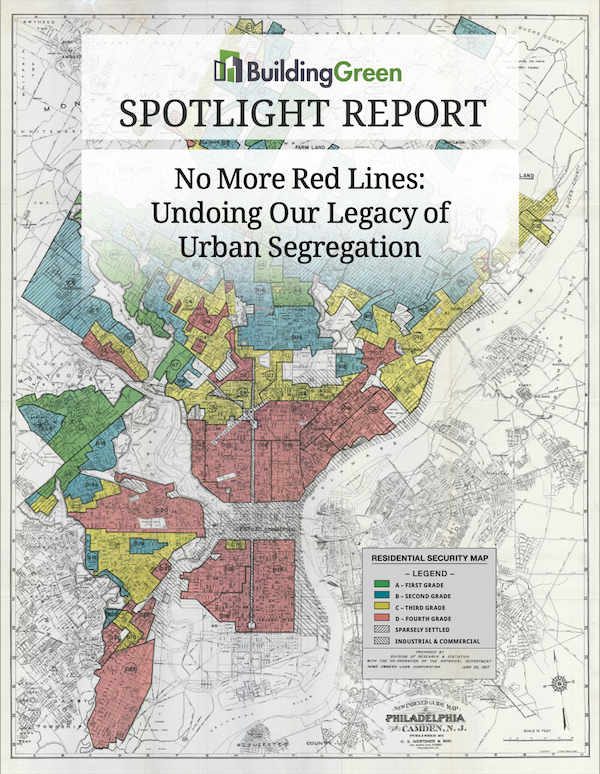
No more red lines: Undoing Our Legacy of Urban Segregation
Although disparities between predominantly white and predominantly non-white neighborhoods go back hundreds of years, 20th-century government-sponsored discrimination was a key turning point in segregating our cities, creating the maps we have today. In fact, it all began with maps—maps released during the New Deal era by the Federal Housing Agency (FHA).
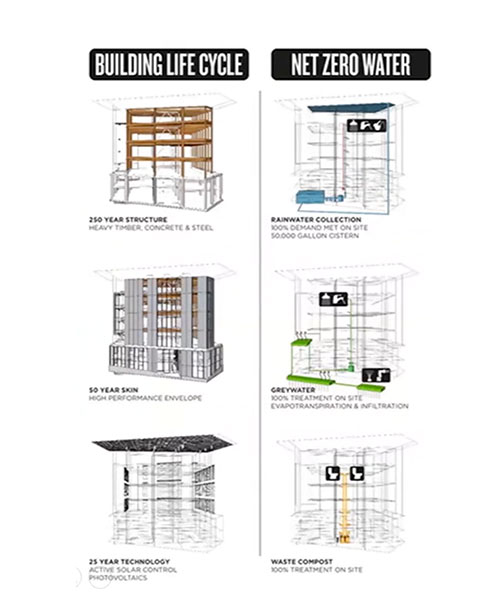
The beneficial intersections of Energy, Resilience, and Health
How can the returns of sustainable building strategies with less quantifiable benefits, like resilience and wellness, be paired with more predictable returns of energy efficiency to calculate an overall return on investment? Where are we in the market in terms of sustainable building codes, and how much do we need to improve beyond code to get to high-performance, resilient, and wellness-oriented designs?
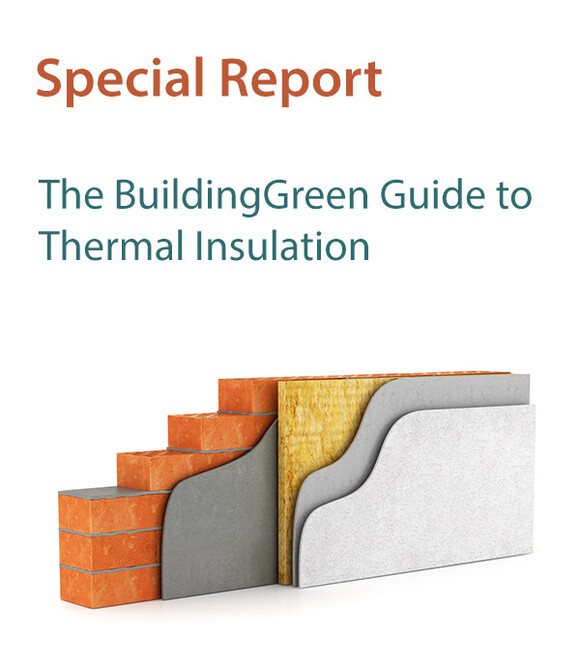
The Building Green guide to thermal insulation
The BuildingGreen Guide to Thermal Insulation provides detailed guidance on insulation products and practices, including recommendations on what insulation to use and what to avoid. It's a treasure trove of information for architects and designers, builders, and anyone who is actively considering the impact of insulation on the quality of your indoor environment and the world.

Spec this not that
Designers and specifiers from numerous leading firms are figuring out that it is possible to identify healthier products and materials and still create gorgeous, energy-efficient, occupant-friendly buildings—without busting budgets or getting overwhelmed by complex health and chemical data.
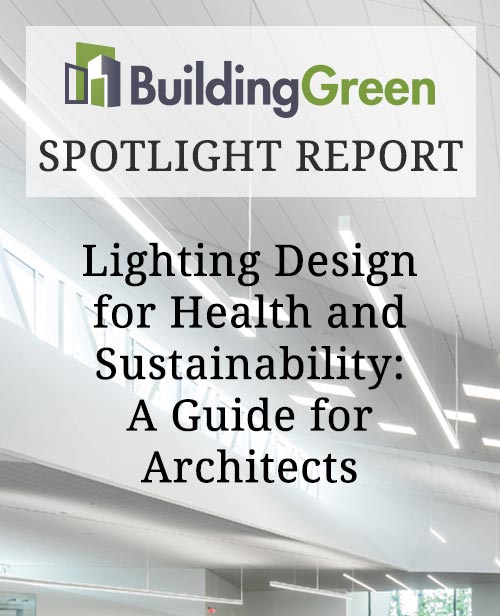
Lighting Design for Health and Sustainability: A Guide for Architects
What do we mean when we say sustainable lighting? In this PDF report, we take a closer look at lighting as an essential element in quality environments that support health and wellness while reducing energy use.
Featured Topic
Explore our full knowledge base »

Aerial view of 2015 flooding in Harris County, Texas. (Photo: U.S. Army Corps of Engineers)
Resilient Design
Resilience is the capacity to adapt to changing conditions and to maintain or regain functionality and vitality in the face of stress or disturbance. It is the capacity to bounce back after a disturbance or interruption.
LEARN THE BASICS
- Washington D.C. Releases Resilient Design Guidelines
- Standard Effective Temperature: A Metric for Thermal Comfort and Resilience
- DC Power Supply Integrates AC and Renewables
GO DEEPER
- An Advocate’s Guide to Resilience Regulations
- Focus on Resilient Housing
- The Four Core Issues to Tackle for Resilient Design (And the Programs That Can Help)
- When Hurricane Harvey Hit, the Texas Medical Center Stood Ready


